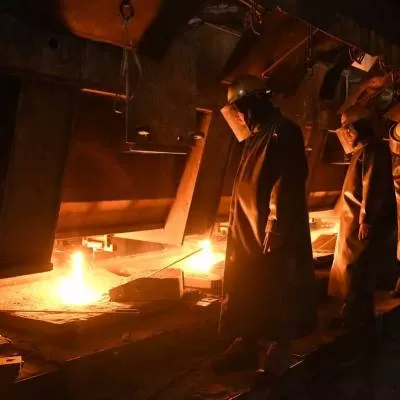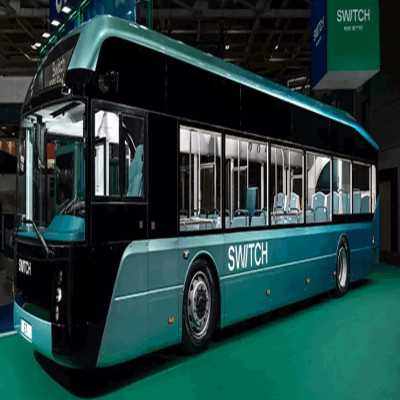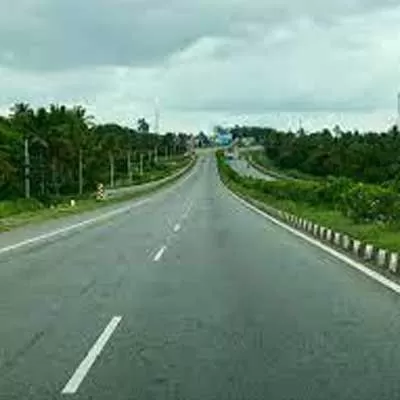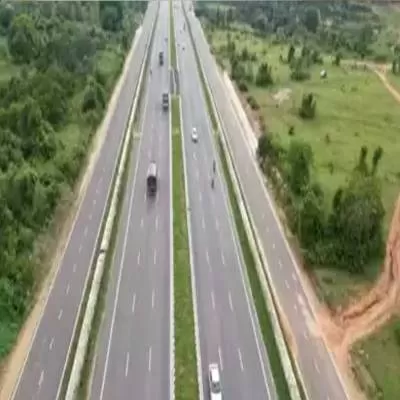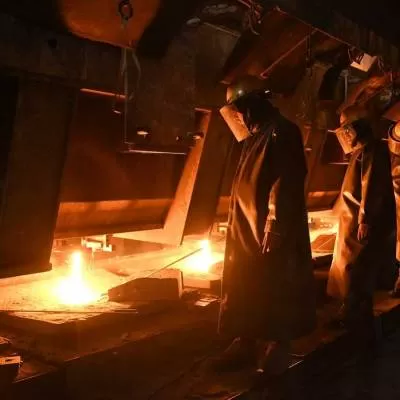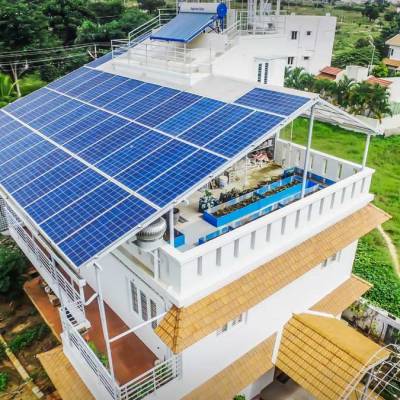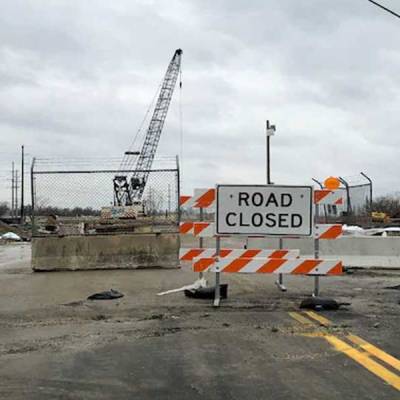- Home
- Infrastructure Transport
- ROADS & HIGHWAYS
- Thirteen per cent reduction in high-risk road projects over the past fiscal

Thirteen per cent reduction in high-risk road projects over the past fiscal
Things also look much better in terms of pace of construction, which improved 40 per cent from an average 4.3 km per day in fiscal 2015 to 6 km in fiscal 2016. Says Ajay Srinivasan, Director, CRISIL Research: “The material improvement in the pace of execution can be attributed to policy reforms by NHAI and facilitations by the government, which are also reducing delays. Given this, we expect the average construction per day for NHAI projects to nearly double to more than 11 km by fiscal 2018.”
The key policy reforms initiated include easing of the clearances process, ensuring 80 per cent land acquisition before the award of project, premium rescheduling, allowing developers to fully exit operational road projects, and introduction of the hybrid annuity model (HAM). Given that these reforms are largely aimed at reducing risk, private participation is set to pick up.
Within the 85 under-construction BOT projects, there has been a 10 per cent reduction; however, as much as 4,600 km of projects are still in the high-risk category because delays in land acquisition and approvals have increased costs by 20 per cent or Rs 11,000 crore, and the financial health of sponsors remains weak. These stuck projects were largely awarded during fiscals 2009-2012 and the mitigation options for them include a one-time fund infusion through NHAI loans, and a change in Sponsor. Says Sushmita Majumdar, Director, CRISIL Ratings, “Of the 4,600 km high-risk under-construction projects, 1,400 km has reached the provisional commercial operations date (PCOD) stage, but are still unviable due to cost overruns and weak sponsors. These projects need a whopping 60 per cent revenue growth to meet debt service requirements. Refinancing, debt restructuring, premium deferment or acquisition by a stronger sponsor is the only solution.”
CRISIL’s analysis of the 104 operational projects also shows a significant 18 per cent reduction in both length (to 2,700 km) and outstanding debt (to Rs 19,650 crore) of high-risk operational BOT projects compared with 2015. Consequently, 65 per cent of the operational portfolio has a debt service coverage ratio of over 1 times compared with 55 per cent a year back. This is largely due to healthy traffic growth, averaging over 12 per cent, and reforms like the 100 per cent exit clause in projects and NHAI premium deferment. Refinancing of debt by low cost longer tenure loans has also played a large role in credit improvement of these projects.
CRISIL’s analysis of 85 under-construction and 104 operational BOT and annuity projects awarded by the National Highways Authority of India (NHAI), which together span ~16,600 km, shows there has been a 13 per cent reduction in high-risk projects over the past fiscal. These risks pertain to completion (for under-construction projects), and debt servicing ability (for operational ones). Things also look much better in terms of pace of construction, which improved 40 per cent from an average 4.3 km per day in fiscal 2015 to 6 km in fiscal 2016. Says Ajay Srinivasan, Director, CRISIL Research: “The material improvement in the pace of execution can be attributed to policy reforms by NHAI and facilitations by the government, which are also reducing delays. Given this, we expect the average construction per day for NHAI projects to nearly double to more than 11 km by fiscal 2018.” The key policy reforms initiated include easing of the clearances process, ensuring 80 per cent land acquisition before the award of project, premium rescheduling, allowing developers to fully exit operational road projects, and introduction of the hybrid annuity model (HAM). Given that these reforms are largely aimed at reducing risk, private participation is set to pick up. Within the 85 under-construction BOT projects, there has been a 10 per cent reduction; however, as much as 4,600 km of projects are still in the high-risk category because delays in land acquisition and approvals have increased costs by 20 per cent or Rs 11,000 crore, and the financial health of sponsors remains weak. These stuck projects were largely awarded during fiscals 2009-2012 and the mitigation options for them include a one-time fund infusion through NHAI loans, and a change in Sponsor. Says Sushmita Majumdar, Director, CRISIL Ratings, “Of the 4,600 km high-risk under-construction projects, 1,400 km has reached the provisional commercial operations date (PCOD) stage, but are still unviable due to cost overruns and weak sponsors. These projects need a whopping 60 per cent revenue growth to meet debt service requirements. Refinancing, debt restructuring, premium deferment or acquisition by a stronger sponsor is the only solution.” CRISIL’s analysis of the 104 operational projects also shows a significant 18 per cent reduction in both length (to 2,700 km) and outstanding debt (to Rs 19,650 crore) of high-risk operational BOT projects compared with 2015. Consequently, 65 per cent of the operational portfolio has a debt service coverage ratio of over 1 times compared with 55 per cent a year back. This is largely due to healthy traffic growth, averaging over 12 per cent, and reforms like the 100 per cent exit clause in projects and NHAI premium deferment. Refinancing of debt by low cost longer tenure loans has also played a large role in credit improvement of these projects.


